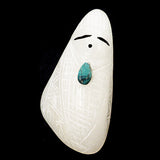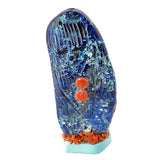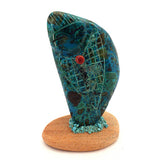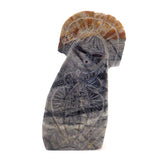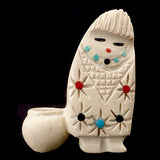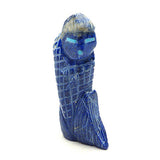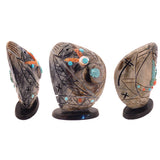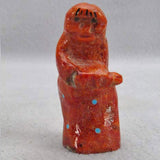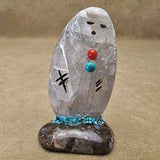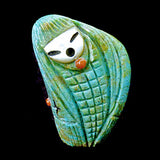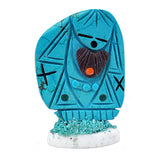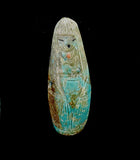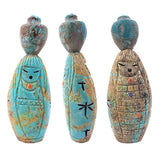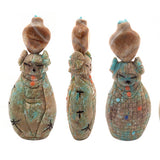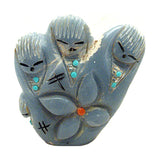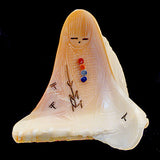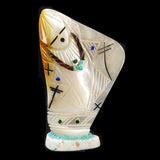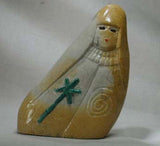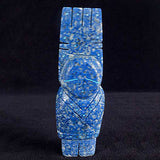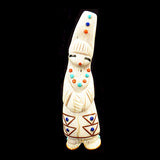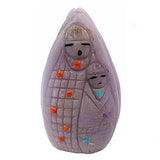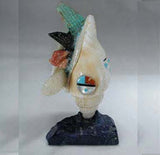Maidens & Figures
Corn Maidens and Other Figures
The maiden symbolizes abundance, fertility and feminine energy and the corn maiden in particular is venerated in Zuni for giving up her life for the health of the community.
Corn is the only food crop that gives milk - when a freshly-picked ripe kernel is squeezed. Corn is identified with women, who also care for the plants. Thus, the women physically and symbolically protect fertility and the creation of life - in the simple act of growing corn.
The Zunis have a myth about the six (or seven or eight) maidens who left because they were not being properly cared for. After a long search, the twin sons of the sun father brought the maidens back to Zuni where they are now properly venerated with an annual ceremony. Details are probably best found in Cushing.
On maiden carvings, corn kernels represent fertility. Small children on the same carving or women carrying unborn infants are another way to show fertility. Women's hair and corn silk are symbolically connected. Women past menopause are shown more formally with fancier dress and no corn kernels. Some maiden figures have grandmother, mother, corn maiden and children all in the same carving. Note that native corn kernels come in six colors, namely, yellow, white, red, blue, black and speckled, the colors of the six cardinal directions.
Corn is a very important plant and formerly was the most productive food grown by the Zunis. Corn grown in the Southwest since nearly 1000 AD, could only propagate with human cultivation and protection - traditionally the role of the female in the Zuni culture.
The protection offered by eagles, bears, and other animals is indicated by making these animals part of the same carving.
Dragonflies symbolize rain, and water creatures also symbolize fertility. Dragonfly symbols are carved on many maidens.
Olla maidens are quite a different thing. These maidens represent the real Zuni women of the past that went back and forth from the spring to the home carrying large jars of water on their heads; a practical and simple way to perform this chore. Food grains and fruits were also carried this way. There is now a troupe of Zuni female dancers that practice this feat and do dances, give demonstrations, and march in parades.
The meaning of the other human figures is not as clear. Some simply represent people. Others may represent priests or other personages from Zuni ceremonies.
The differences among the many maidens and figures have more to do with the artist and family styles than anything else.




